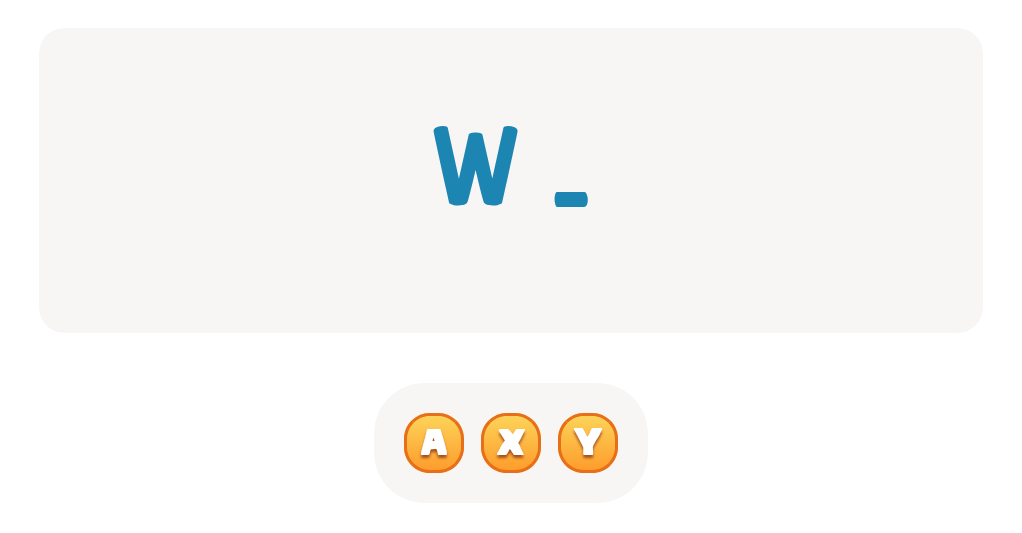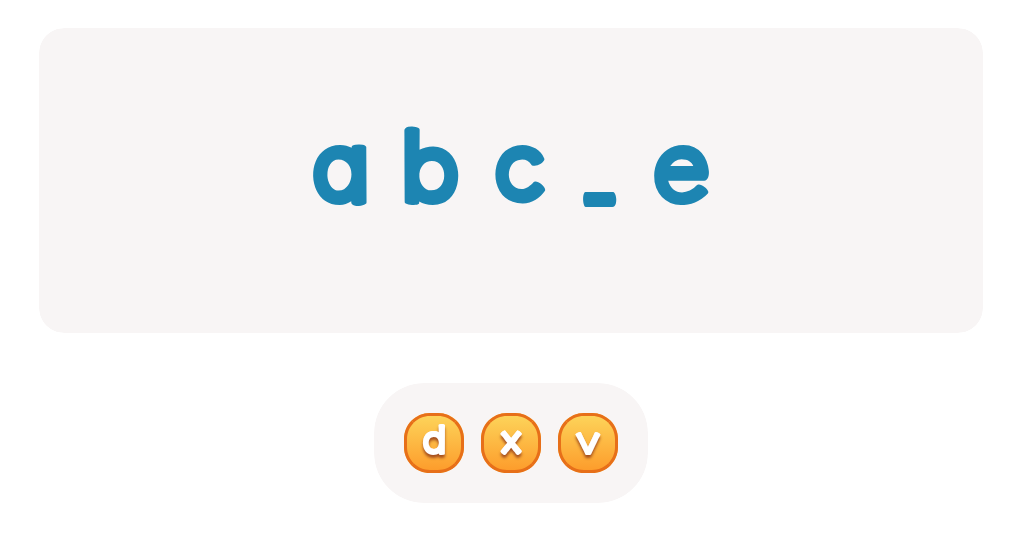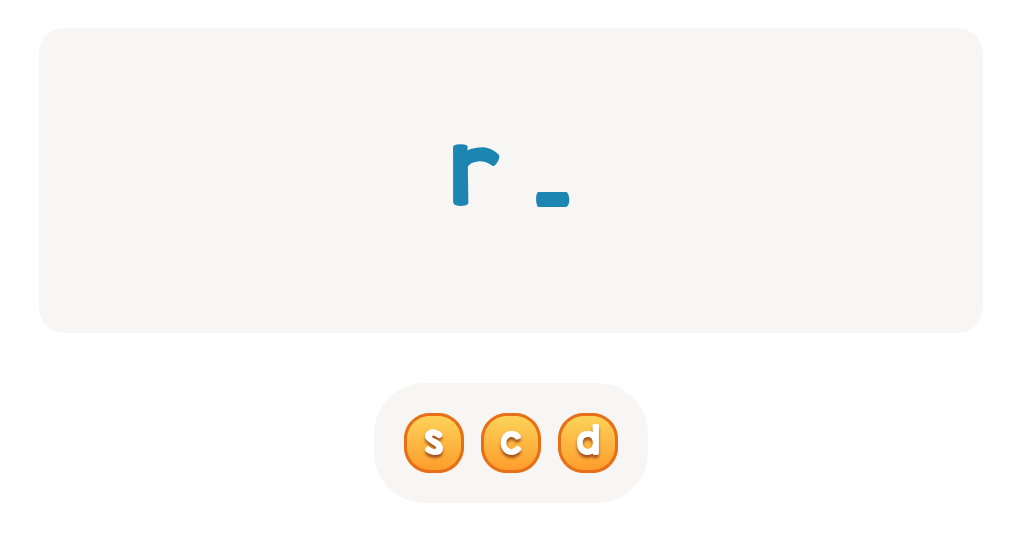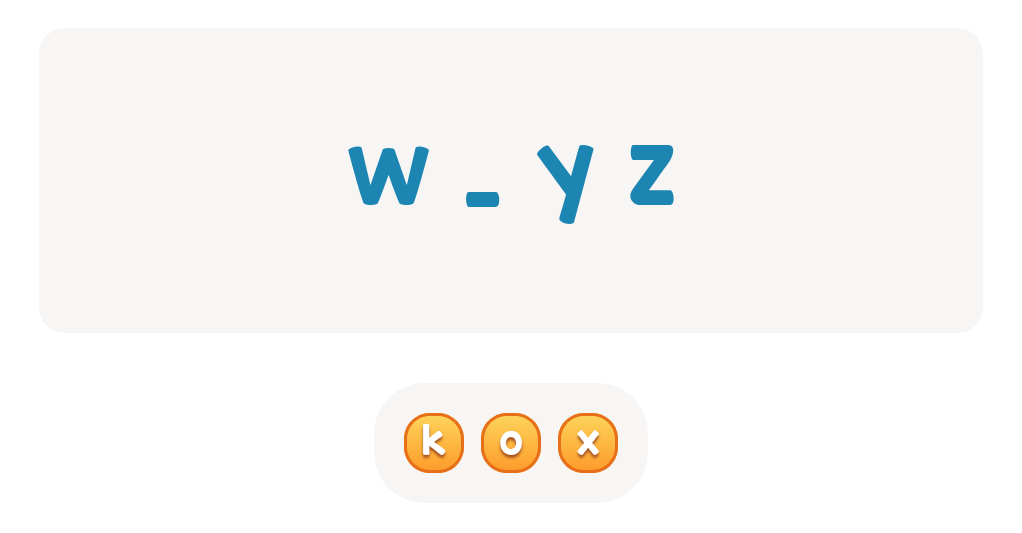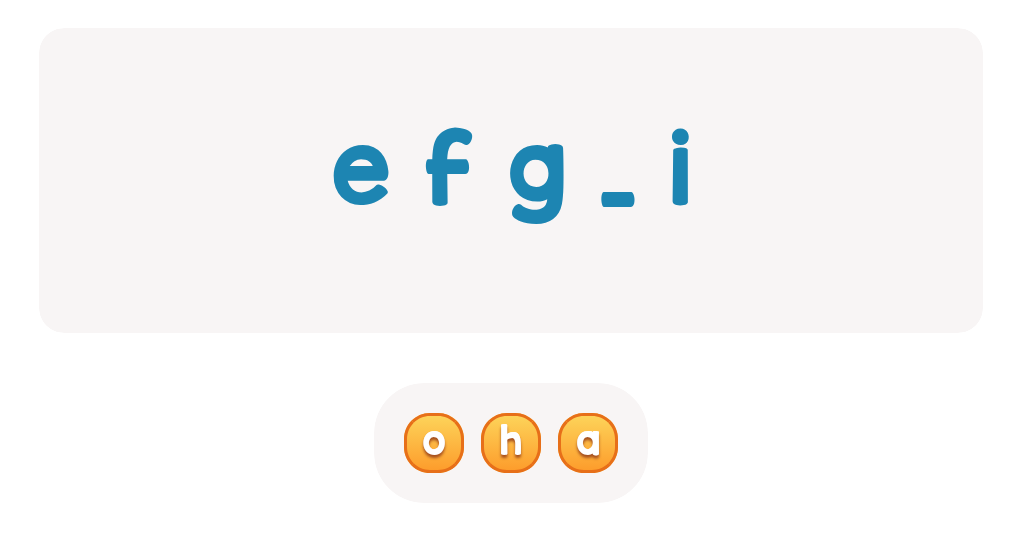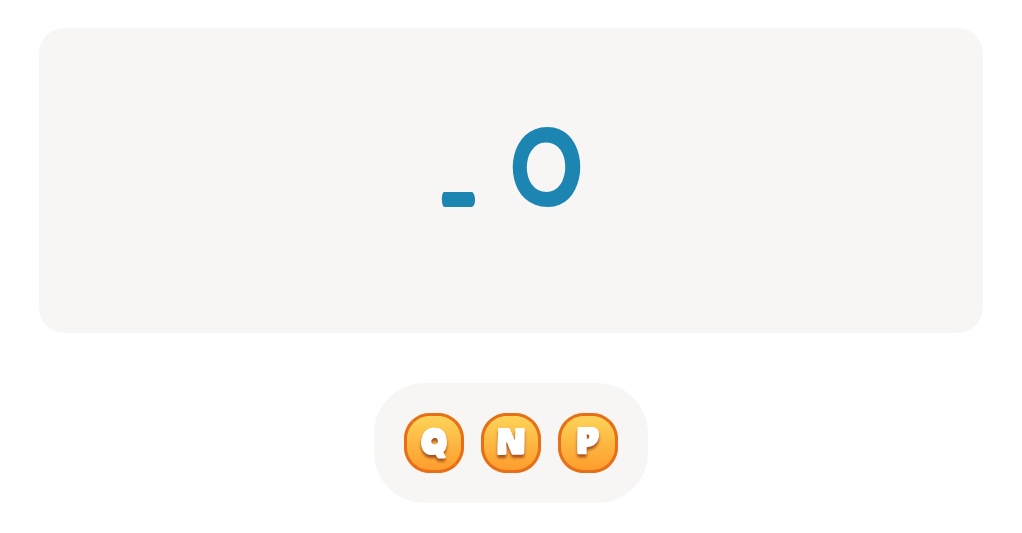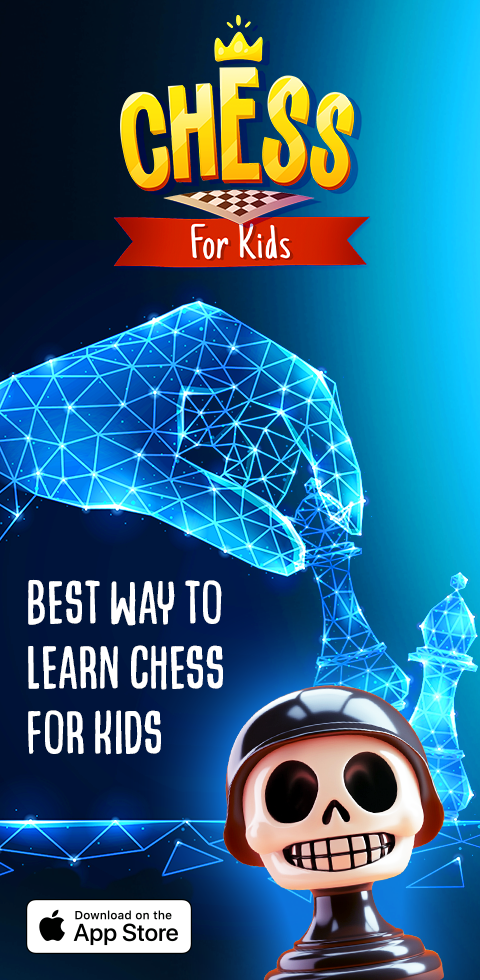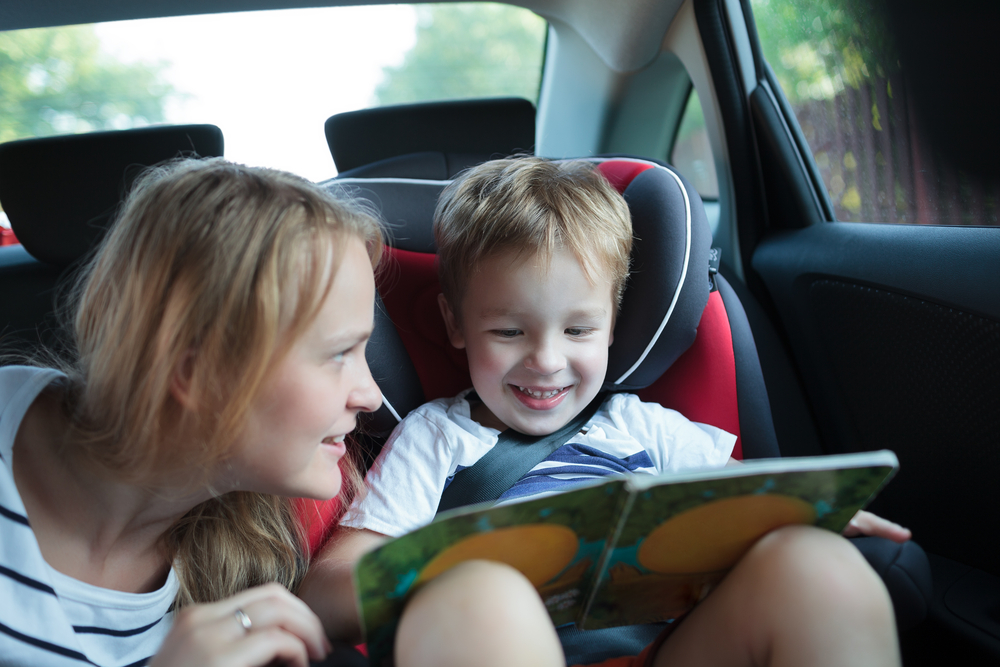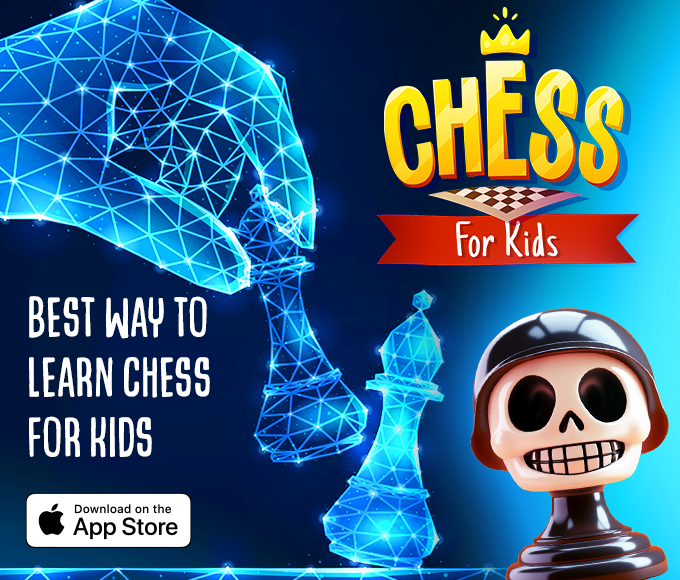Hand-eye Coordination Normal ABC Letters Worksheets for Ages 6-7
5 filtered results
-
From - To
Enhance your child’s development with our Hand-eye Coordination Normal ABC Letters Worksheets for Ages 6-7. Tailored to support young learners, these engaging worksheets combine fun ABC exercises with activities designed to sharpen hand-eye coordination. Perfect for classroom settings or home practice, each worksheet helps kids improve their alphabet recognition and fine motor skills through tracing, drawing, and matching tasks. Watch your child's confidence and abilities grow as they master essential preschool skills in a joyful, focused manner. Conveniently available for download, our worksheets provide a valuable resource for effective and enjoyable learning.
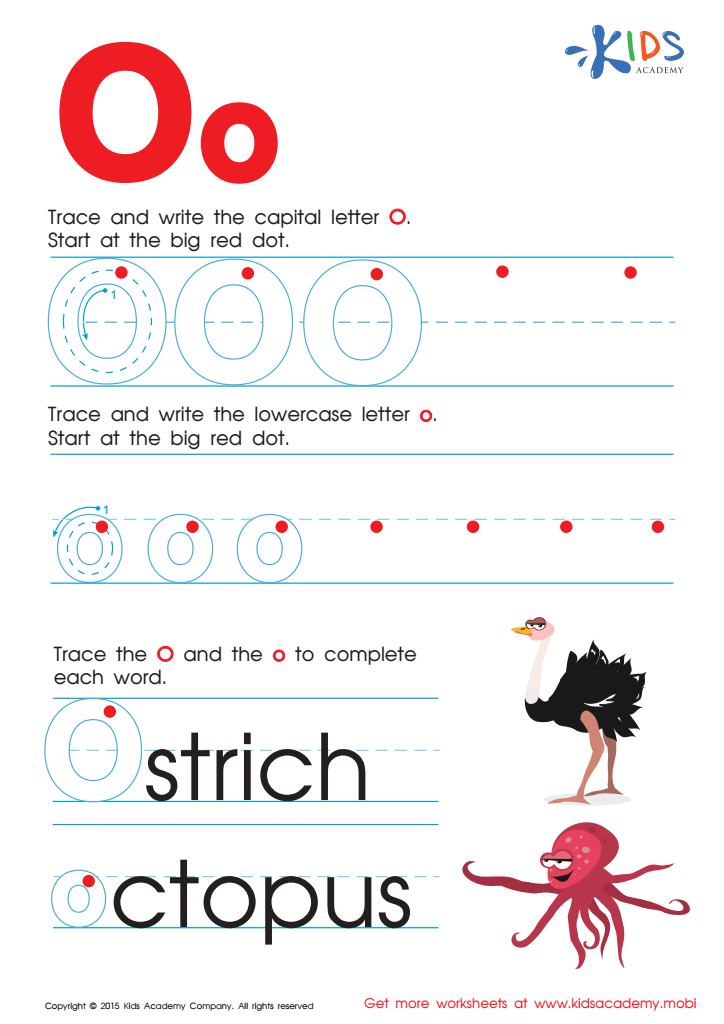

Letter O Tracing Page


Letter P Tracing Page


Letter H Tracing Page
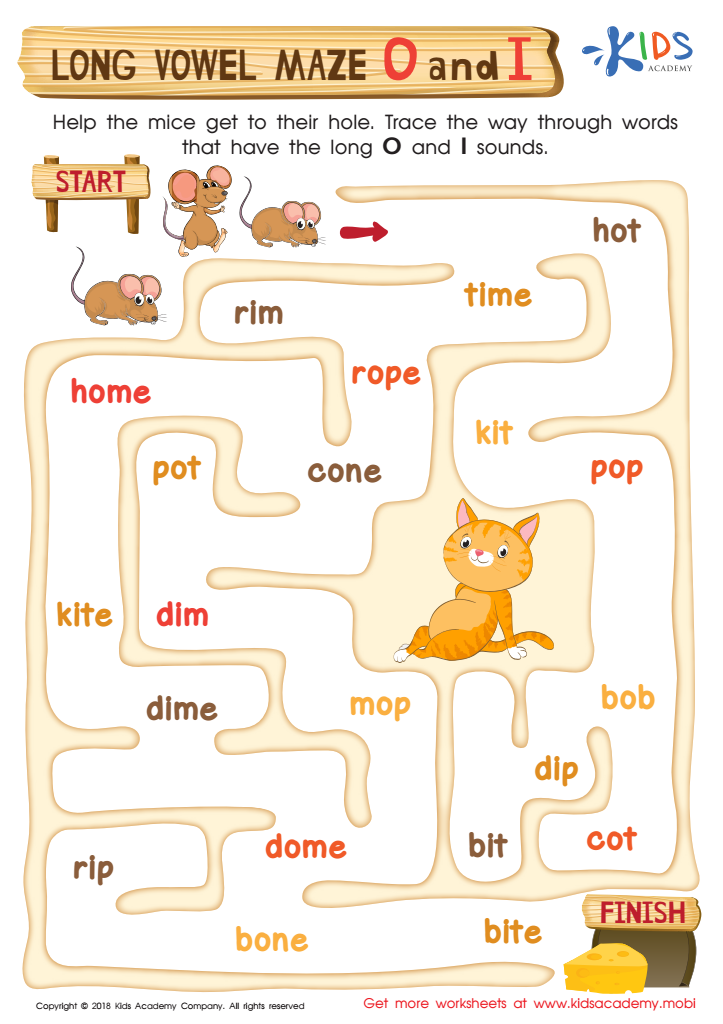

Long Vowel Maze /o/ and /i/ Worksheet


Letter D Tracing Page
Parents and teachers should prioritize hand-eye coordination when teaching ABC letters to children aged 6-7, as this skill is crucial for overall development. At this age, children are at a critical stage in their fine motor skills and cognitive growth. Hand-eye coordination is essential for tasks such as writing, reading, and engaging in classroom activities. When students practice writing alphabet letters, they enhance their ability to control hand movements while simultaneously processing visual information. This not only helps in forming clear and legible letters but also boosts their confidence and abilities in other academic tasks.
Moreover, good hand-eye coordination is foundational for cross-disciplinary learning. For instance, math problems often require precise manipulation of pencils and rulers, while subjects like art and science frequently demand organized motor control for experiments and projects. By reinforcing hand-eye coordination through activities like writing ABC letters, children also improve their spatial awareness, bilateral coordination, and focus, which are beneficial for lifelong learning.
In addition, fostering hand-eye coordination aids in the development of essential life skills. Parents and teachers who pay attention to this aspect of growth help children build the capacity for longer attention spans, organized thinking, and effective communication—all vital for succeeding in school and beyond.
 Assign to My Students
Assign to My Students
